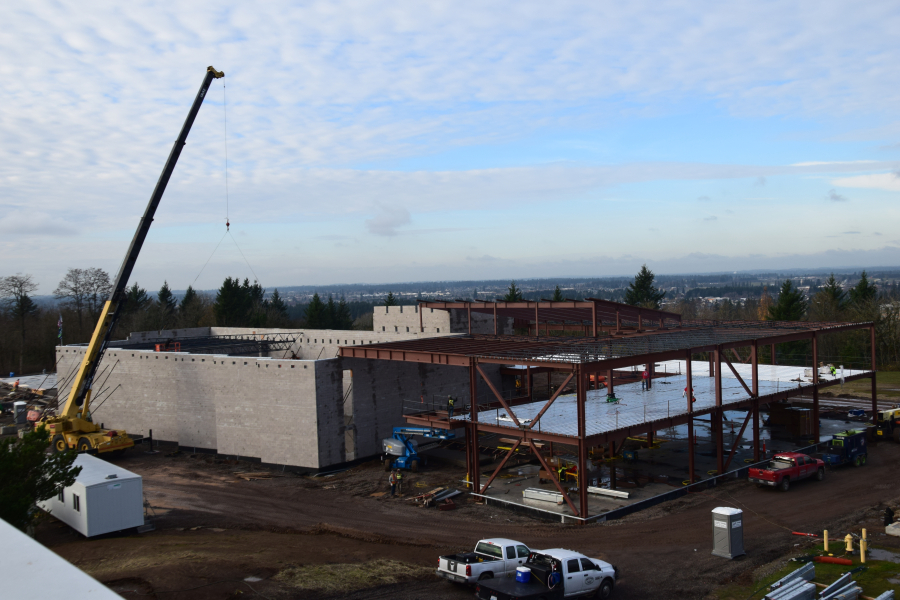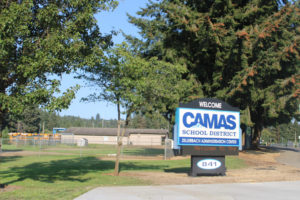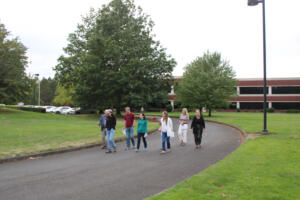The Camas School Board this week approved a six-year capital facilities plan that includes an estimated $210 million worth of school facilities projects the district could need to serve a growing student population over the next six years.
“We’re not obligated to do any of these,” the school district’s director of business services, Jasen McEathron, told school board members on Monday, May 23. “We are talking about likely options we’ll need to address if we’re to deal with capacity issues.”
Camas School District voters passed a $120 million capital facilities bond in 2016 that helped build the district’s newest schools — Lacamas Lake Elementary and Discovery High — and increased building capacity across the elementary, middle and high school levels.
Now, McEathron said, two of the district’s three middle schools — Odyssey and Liberty — are starting to experience “some capacity constraints.”
“At Odyssey, the program is popping, and they’ve been very creative to accommodate students interested in being in that middle school program,” McEathron said. “There is some opportunity to potentially accommodate more students … but we could have two of three middle schools with capacity issues within the next six years.”



